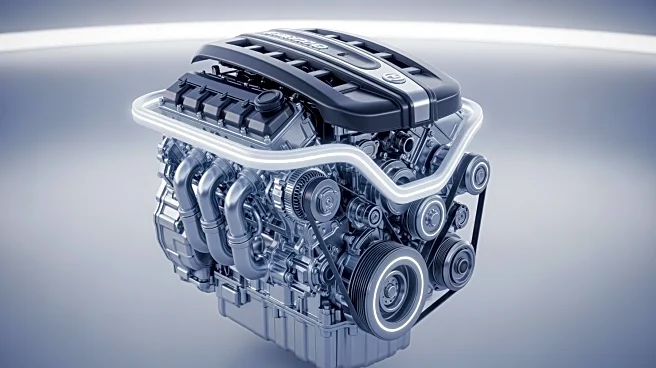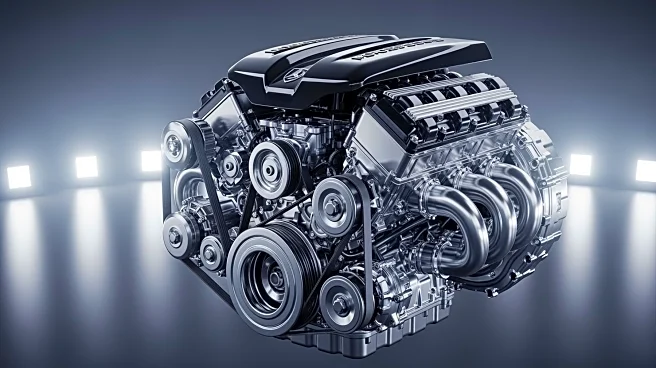What's Happening?
Mazda has implemented the Miller-cycle engine in its vehicles, notably in the 1995 Mazda Millenia sedan. This engine, originally intended for Mazda's luxury sub-brand Amati, offers a 15% efficiency boost
over traditional internal combustion engines. The Miller-cycle engine, invented by Ralph Miller in 1957, operates with a unique valve timing during the compression stroke, allowing for increased power and efficiency. The 2.3-liter supercharged V6 engine in the Mazda Millenia delivers 210 horsepower and 210 pound-feet of torque, receiving praise for its performance.
Why It's Important?
The introduction of the Miller-cycle engine by Mazda represents a significant advancement in automotive technology, offering improved fuel efficiency and performance. This innovation is crucial as the automotive industry seeks to reduce emissions and enhance vehicle efficiency. By adopting this technology, Mazda positions itself as a leader in sustainable automotive solutions, potentially influencing other manufacturers to explore similar innovations. The increased efficiency can lead to cost savings for consumers and contribute to environmental conservation efforts.
What's Next?
Mazda's continued focus on engine efficiency may lead to further developments in hybrid and electric vehicle technologies. The success of the Miller-cycle engine could encourage Mazda to integrate similar innovations across its vehicle lineup, potentially expanding its market share. Other automotive manufacturers might also explore the adoption of Miller-cycle technology, leading to broader industry shifts towards more efficient engine designs.











